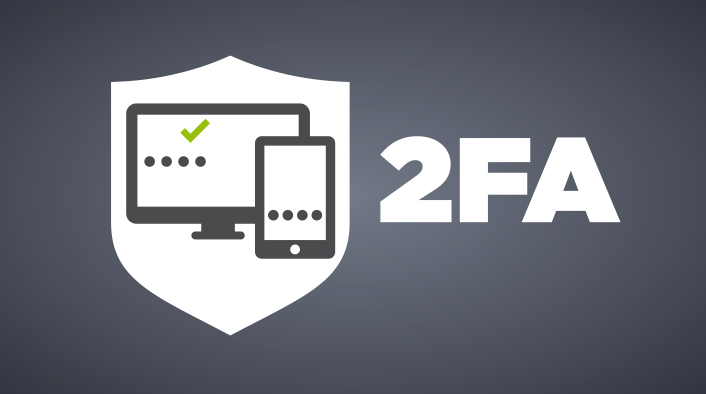
Strengthening Security: A Deep Dive into Two-Factor Authentication (2FA)
Created on 16 January, 2024 • 1 minutes read
Two-Factor Authentication (2FA) is a security process that adds an extra layer of protection to your online accounts. Instead of relying solely on a password, 2FA requires users to provide a second form of identification.
Introduction:
In an era where digital threats are ever-present, safeguarding our online presence is paramount. Two-Factor Authentication (2FA) emerges as a robust defense mechanism against unauthorized access. This blog explores the significance, implementation, and benefits of 2FA in enhancing digital security.
- Understanding Two-Factor Authentication:
- Two-Factor Authentication involves using two independent factors to verify a user's identity.
- The factors typically fall into three categories: something you know (password), something you have (mobile device or token), and something you are (biometrics).
- The Vulnerability of Passwords:
- Passwords alone are susceptible to various security threats, including phishing attacks, brute-force attempts, and password reuse.
- 2FA addresses these vulnerabilities by adding an extra layer of protection, mitigating the risk of compromised passwords.
- Methods of Two-Factor Authentication:
- SMS or Email Codes: A temporary code sent to your mobile device or email.
- Authenticator Apps: Time-based codes generated by apps like Google Authenticator or Authy.
- Hardware Tokens: Physical devices generating unique codes.
- Biometric Verification: Fingerprint or facial recognition in addition to a password.
- Implementing 2FA:
- Most major online platforms, including social media, email, and banking services, offer 2FA options.
- Users can enable 2FA in their account settings and choose the preferred method.
- Benefits of Two-Factor Authentication:
- Enhanced Security: 2FA adds an extra layer of defense, making it significantly harder for unauthorized users to access accounts.
- Protection Against Phishing: Even if a user's password is compromised, the second factor adds an additional hurdle for attackers.
- Regulatory Compliance: Many industries and regulations mandate the use of 2FA for sensitive information access.
- Challenges and Considerations:
- While 2FA significantly improves security, it's essential to consider potential challenges such as user convenience and device dependency.
- Proper education and user awareness play a crucial role in overcoming initial resistance to adopting 2FA.
- Future Trends in Authentication:
- Advancements in biometric technologies, behavioral analytics, and passwordless authentication methods are shaping the future of secure access.
- Conclusion:
- In the ever-evolving landscape of cybersecurity, Two-Factor Authentication stands out as a reliable and effective means of protecting sensitive information. By embracing 2FA, individuals and organizations can fortify their digital defenses and navigate the online world with greater confidence.
In a world where cyber threats continue to evolve, implementing robust security measures like 2FA becomes imperative. As technology advances, so too must our commitment to securing our digital lives.